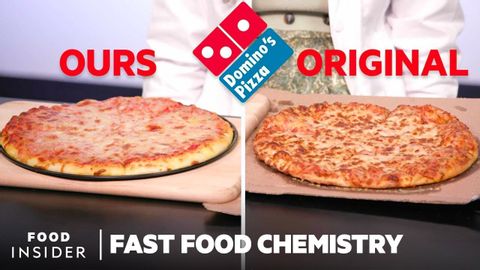
Subtitles & vocabulary
Making A Domino’s Pizza Using All 56 Ingredients | Fast Food Chemistry
00
林宜悉 posted on 2022/05/17Save
Video vocabulary
stuff
US /stʌf/
・
UK /stʌf/
- Uncountable Noun
- Generic description for things, materials, objects
- Transitive Verb
- To push material inside something, with force
B1
More ingredient
US /ɪnˈɡridiənt/
・
UK /ɪnˈgri:diənt/
- Noun (Countable/Uncountable)
- Food item used when making a meal or drink
- Quality necessary to be something to work well
B1TOEIC
More flip
US /flɪp/
・
UK /flɪp/
- Verb (Transitive/Intransitive)
- To turn your body in the air, as in gymnastics
- To move into a different position quickly
- Noun
- Act of turning your body in the air; somersault
- Movement of something from one position to another
B2
More effective
US /ɪˈfɛktɪv/
・
UK /ɪˈfektɪv/
- Adjective
- Working efficiently to produce a desired result
- In operation; in force.
A1TOEIC
More Use Energy
Unlock All Vocabulary
Unlock pronunciation, explanations, and filters
